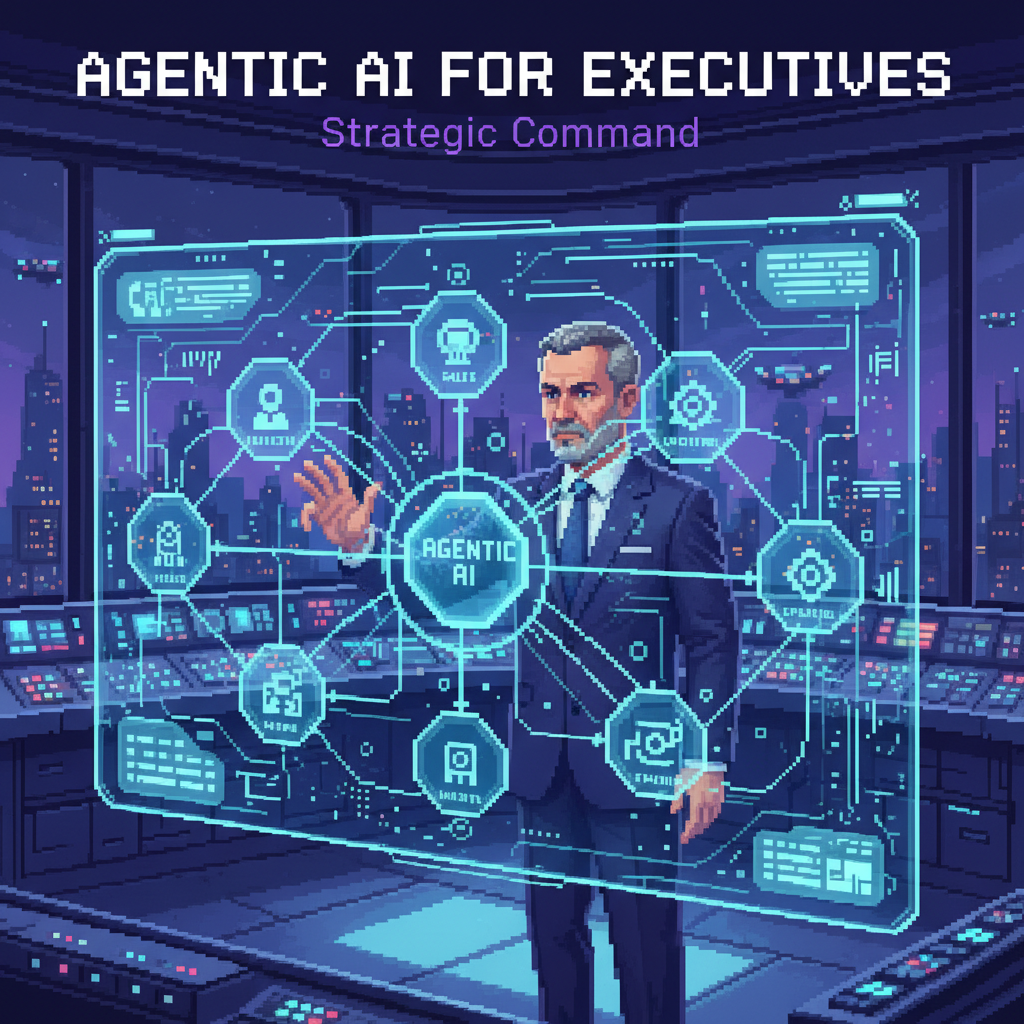· AI at Scale · 5 min read
The theory behind Technical Debt
Technical debt is not new, This weekend I went down the trail to read-up on its impact due to the increased throughput of code generation thanks to AI. Turns out AI code generation is a double-edged sword. Lightning-fast code creation can mask underlying architectural flaws, poor naming, and inadequate testing. Often creating more of the uncoordinated code.The right approach? Thoughtful AI integration that learns from existing code-bases, not blindly generating new code.

Imagine building a magnificent sandcastle. The tide is coming in, and you need it done now. So, you slap on walls, hastily connect towers with flimsy bridges, and ignore that slightly unstable foundation. It looks impressive, for now. This, my friends, is akin to incurring technical debt in software development.
Ward Cunningham, back in 1992, first painted this vivid picture. He likened shipping rushed, less-than-ideal code to taking on a financial loan. A small, deliberate loan, paid back swiftly with a clean rewrite, can accelerate initial progress. But ignore it, and the accumulating “interest” – the extra time and effort spent wrestling with that shaky code – can eventually bring your entire engineering organization to a grinding halt.
Cunningham keenly observed that constantly refining and rewriting mature parts of a program led to crucial consolidation, fostering understanding and enabling further seamless development. Shipping that first version, while necessary, inevitably introduces imperfections – the initial debt. The danger lies in letting that debt fester, making every subsequent feature implementation and bug fix a slow, agonizing crawl through a tangled mess.
The Human Cost of Technical Debt
The impact of this debt isn’t just about messy code; it directly impacts the humans involved. Comprehension suffers, developer productivity plummets, and frustration mounts. Often, this debt stems not from technical incompetence, but from non-technical pressures – tight deadlines, shifting business priorities, and organizational decisions that prioritize speed over long-term maintainability.
Ten Faces of Technical Debt: A Google Perspective
Over time, the term “technical debt” has become a broad umbrella, sometimes losing its original precision. To understand its true impact, (engineers at Google)[https://ieeexplore.ieee.org/document/10109339] embarked on a quest to define it from the ground up. Through interviews and surveys, they identified ten key categories of technical debt that routinely hinder developer productivity:
- Migration is needed or in progress: Ongoing or necessary platform or technology shifts can create instability and require significant effort.
- Documentation on project and APIs is poor or missing: Lack of clarity makes understanding and extending the codebase incredibly difficult.
- Testing issues (poor quality or coverage, flaky tests): Inadequate or unreliable tests increase the risk of bugs and slow down deployment confidence.
- Code quality issues (poor design, rushed, prototype/demo): Code written without proper architecture or as a temporary solution often becomes a maintenance nightmare.
- Dead and/or abandoned code: Unused code clutters the codebase, adds to complexity, and can introduce security vulnerabilities.
- Code degradation over time (maintenance mode, needs refactoring): Neglected code becomes harder to understand and modify, increasing the cost of even simple changes.
- Team lacks necessary expertise: Insufficient skills within the team can lead to suboptimal solutions and increased technical debt.
- Dependencies are unstable or rapidly changing: Reliance on volatile external libraries or services introduces risk and requires constant updates.
- Migration was poorly executed or abandoned: A botched migration can leave the system in a worse state than before.
- Release process needs updating or maintenance: Inefficient or outdated deployment pipelines slow down delivery and increase the risk of errors.
Interestingly, engineers rarely cited all ten categories as hindrances simultaneously, typically focusing on a few key pain points. This highlights that some level of technical debt is often a pragmatic trade-off for initial velocity. The problem arises when this debt becomes unmanageable and starts significantly impeding progress.
Measuring this intangible burden has always been a challenge. Traditional code metrics > often fail to capture the nuanced understanding engineers have of their codebase’s health. Their perception involves not just the current state, but also an imagined ideal and the delta between the two – a deeply human assessment.
AI: A Double-Edged Sword & Some Cautionary Considerations
However, the tide might be turning with the advent of Artificial Intelligence. AI-powered tools are emerging that can assist in identifying potential technical debt. They can analyze code for stylistic inconsistencies, complex logic, potential security vulnerabilities, and even suggest refactoring opportunities. These tools can help automate some of the tedious tasks associated with code review and identify areas that might benefit from attention. AI can also assist in generating documentation and even automate certain migration tasks.
But, and this is a crucial “but,” relying solely on AI to solve our technical debt woes is a risky proposition. Imagine an AI tool churning out code at lightning speed, but with questionable architectural decisions, poor naming conventions, and inadequate testing. While it might seem like a productivity boost initially, it could be akin to building our sandcastle with even more unstable, AI-generated blocks.
This could lead to a rapid accumulation of a particularly insidious form of technical > debt – AI-induced debt – that might be even harder to untangle due to a lack of human > understanding of the generated code.
To avoid this pitfall, we need a cautious and controlled approach to integrating AI in addressing technical debt. Here are some crucial considerations:
- Human Oversight is Paramount: AI should augment, not replace, human expertise. All AI-generated suggestions and code must be carefully reviewed and validated by experienced engineers.
- Focus on Detection, Not Just Generation: Leverage AI to highlight potential debt areas and suggest improvements, empowering developers to make informed decisions.
- Train AI on High-Quality Code: The effectiveness of AI tools heavily depends on the quality of the data they are trained on. Feeding them well-structured, documented, and tested code is crucial.
- Integrate AI into Existing Workflows: AI tools should seamlessly integrate into the development process, providing timely feedback and suggestions without disrupting the flow.
- Measure the Impact Carefully: Track how AI-driven initiatives impact developer productivity and code quality to ensure they are genuinely addressing the problem and not creating new ones.
Balanced Approach
Ultimately, technical debt is a complex socio-technical issue. While AI offers exciting possibilities for automating some aspects of its identification and remediation, it’s not a silver bullet. Just like a responsible borrower, we must be prudent in how we leverage AI, ensuring it serves as a valuable assistant in building robust and maintainable software, rather than a source of even greater future burdens. The key lies in a balanced approach, where human wisdom guides the intelligent capabilities of AI.



